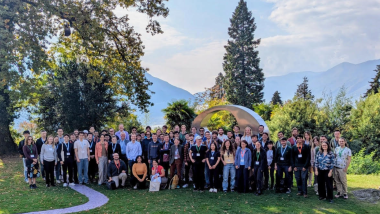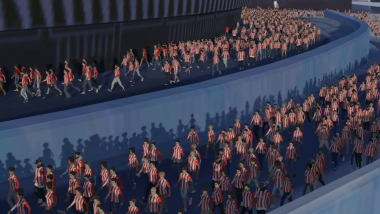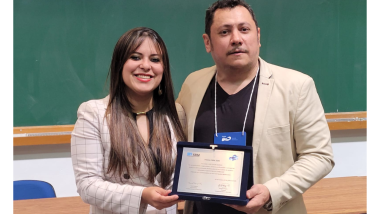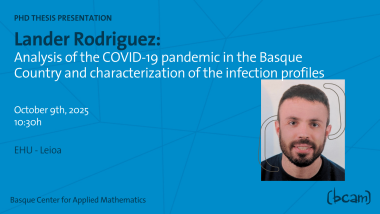Carlo Estadilla will defend his thesis on Tuesday, December 3rd
- The defence will take place at Salón de Grados at the Faculty of Science and Technology of the Leioa Campus and online
Carlo Estadilla has previously done research on the optimal control, modelling, and forecasting of COVID-19. He took his graduate degree in applied mathematics from the University of the Philippines - Diliman, where he studied the optimal control of an HIV/AIDS epidemic model. His general interest is in the optimization of interventions and policies affecting population-level dynamics and behavior. Estadilla works as a PhD student at the Basque Center for Applied Mathematics (BCAM) in the Mathematical and Theoretical Biology research line (MTB).
His thesis, titled Quantifying the impact of COVID-19 non-pharmaceutical interventions and vaccination using mathematical modeling and cost-effectiveness analysis is under the supervision of Dr. Maíra Aguiar (BCAM & Ikerbasque) and Dr. Javier Mar.
The defence is scheduled for Tuesday, December 3rd at Salón de Grados room at the Faculty of Science and Technology of the Leioa Campus at 12:00h.
On behalf of all members of BCAM, we would like to wish Carlo the best of luck in defending his thesis.
Abstract
In 2020, COVID-19 emerged as a global health crisis, prompting the widespread adoption of non-pharmaceutical interventions (NPIs) such as lockdowns, social distancing, and mask mandates. These measures, along with large-scale vaccination efforts, aimed to control virus transmission and reduce severe health outcomes among the elderly and those with comorbidities, albeit with considerable economic impacts. This dissertation examines the effectiveness and cost-effectiveness of public health measures against COVID-19, with a focus on the Basque Country—a region with a highly aging population. Through mathematical modeling and health economics, we assess the role of NPIs in reducing transmission, the impact of the disease in life expectancy, as well as the cost-effectiveness of vaccination, particularly given the spread of more transmissible variants. This work presents estimates of hospitalizations and deaths prevented by vaccination, using models fitted to two years of daily data, and compares these with findings from other settings. These insights inform a cost-effectiveness analysis from a healthcare payer perspective.
Related news
About the center
Research
BCAM people




